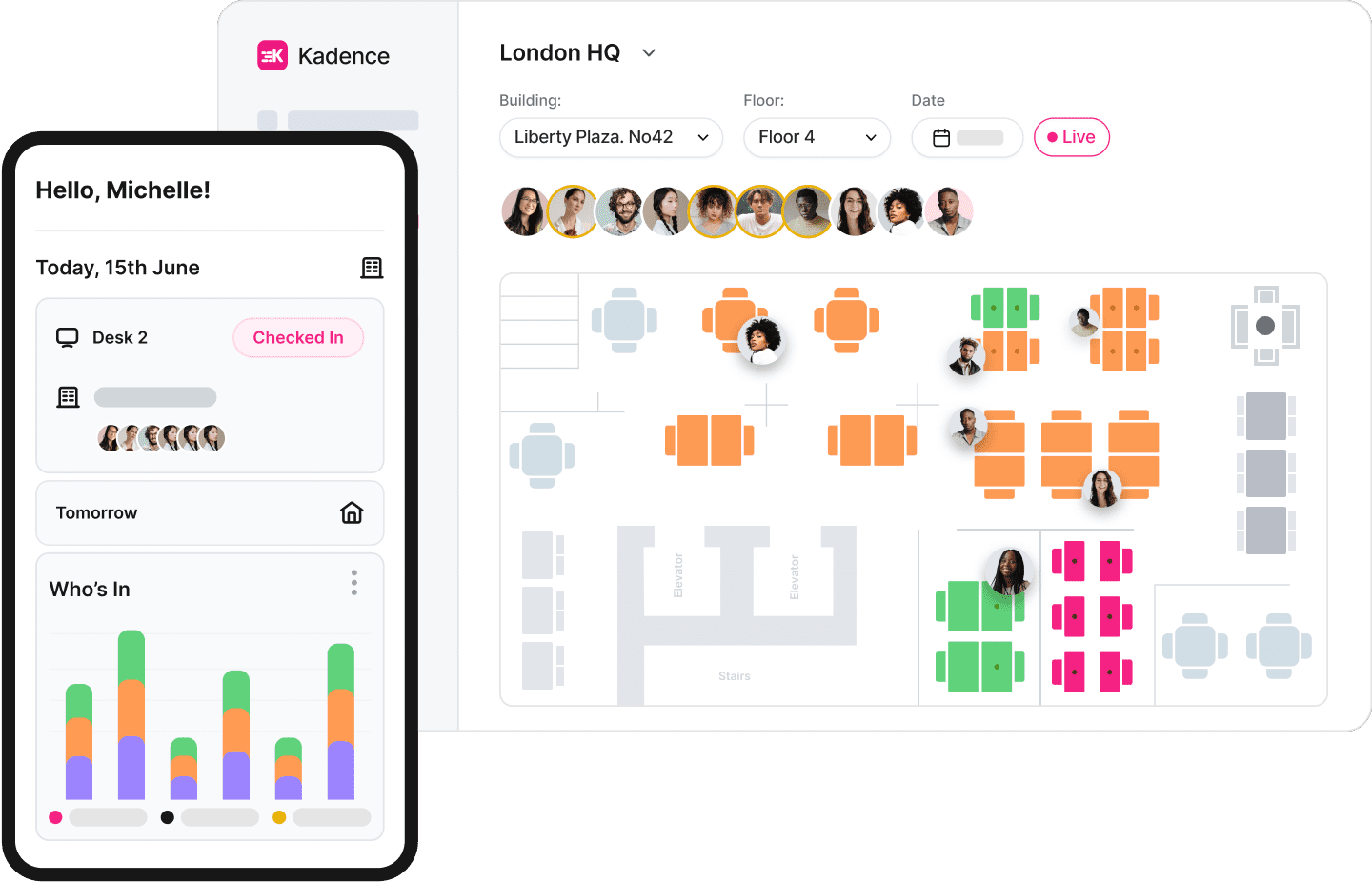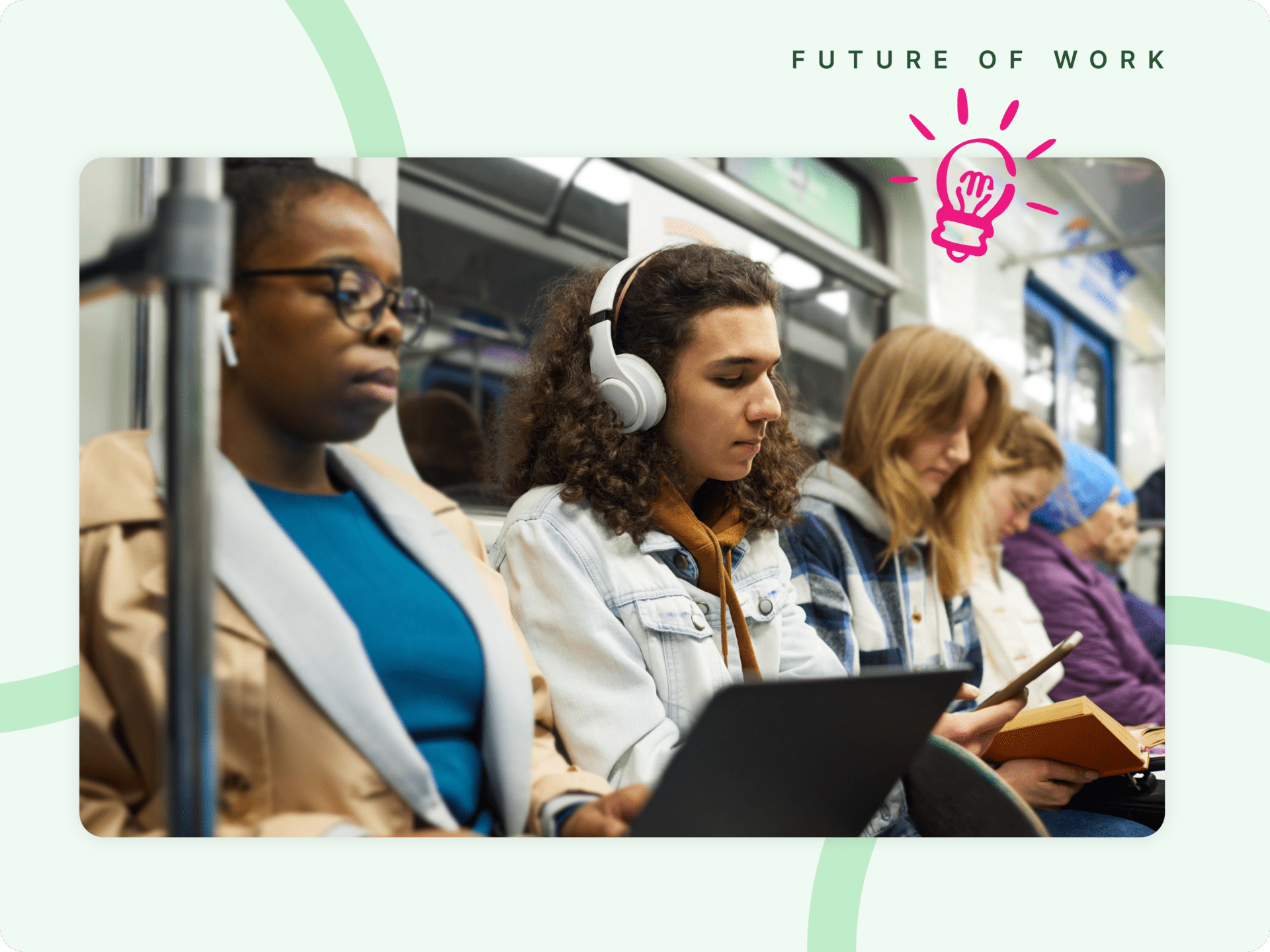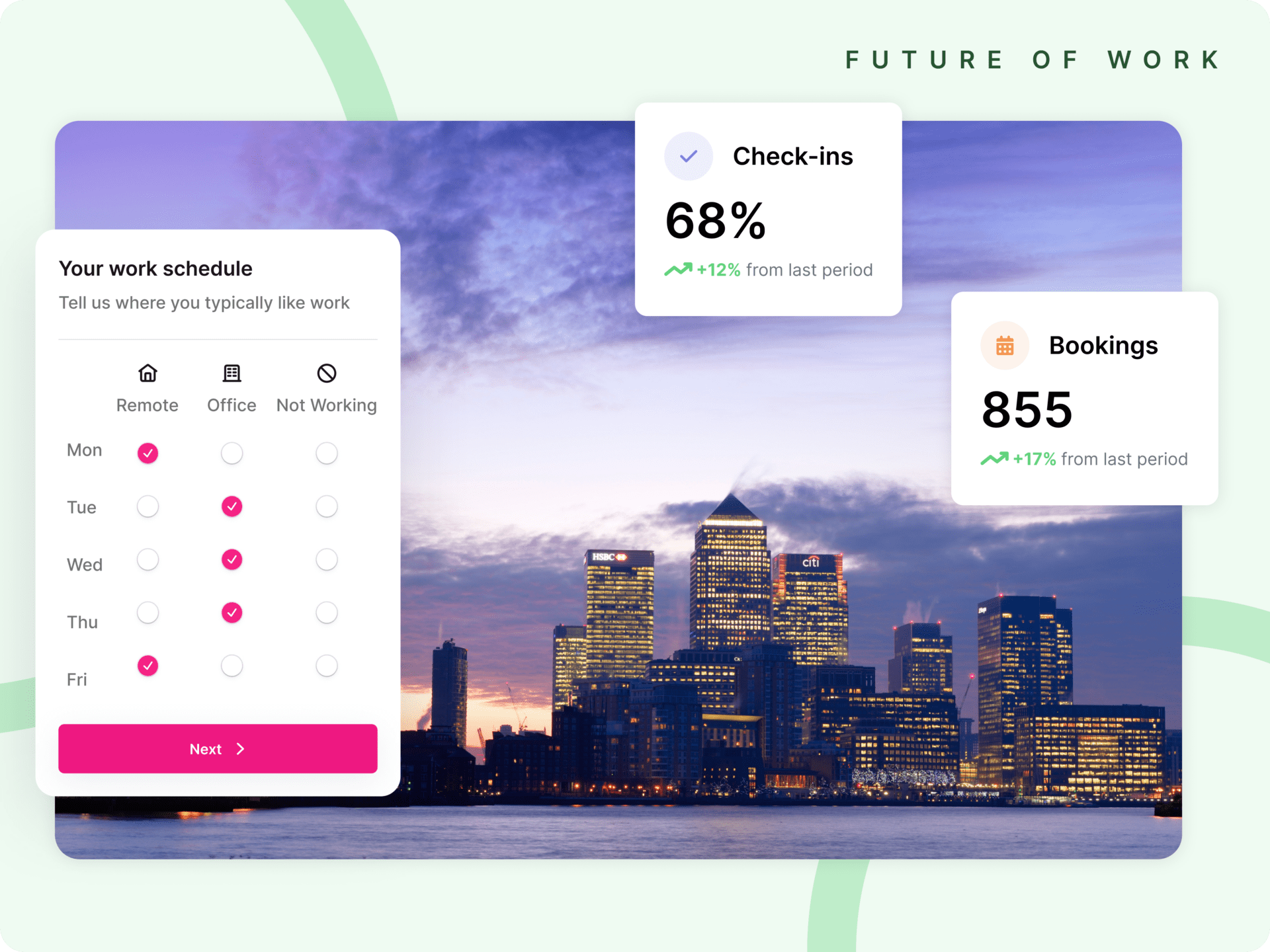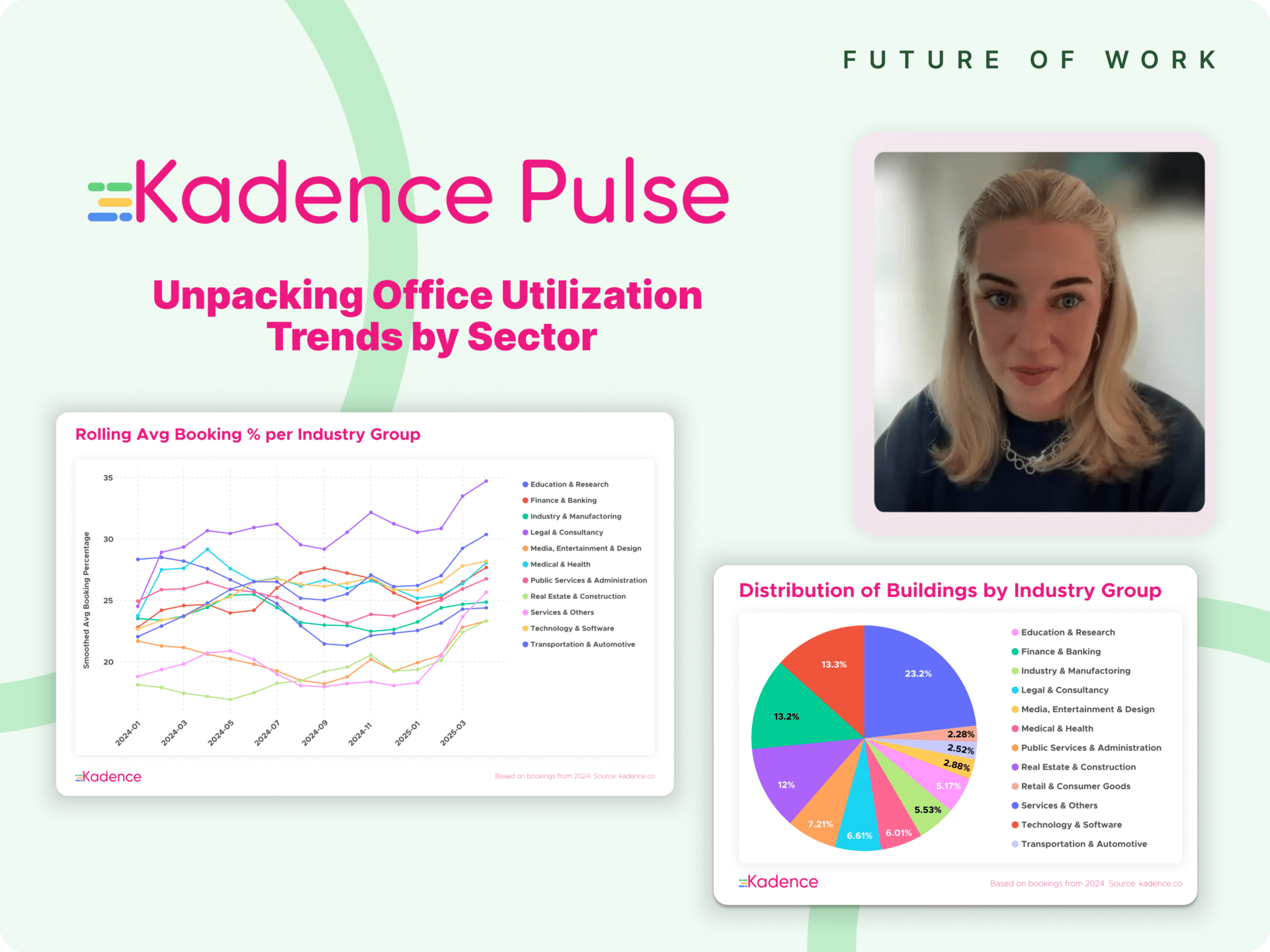“Hybrid work represents the biggest shift to how we work in our generation…it will require a new operating model, spanning people, places, and processes.”
– Satya Nadella, CEO & Chairman, Microsoft
Are Companies Prepared for Hybrid?
The pandemic has changed how we work now 90% of companies are moving to hybrid working. Whether a company moves to hybrid or not is no longer the question – the question now is how to do hybrid.
The vast majority of companies are unknowingly sleepwalking into a hybrid model that has the potential to destroy not only their company’s culture but also its performance. This is due to a focus on managing hybrid real estate(their second largest cost) to the detriment of their most valuable asset and largest cost, their people.
As the world transitions to hybrid, more variables will be introduced to the everyday work experience – making it increasingly difficult to coordinate and work with colleagues. In fact, Adam Grant has stated that “the first and perhaps cardinal sin of hybrid work is a lack of coordination.”
Many solutions are stuck trying to solve today’s hybrid challenges with yesterday’s facilities management tools – making it impossible for employees to know where the best place to work is or, more importantly, who they can actually work with.
In this blog, we will look how we got to where we are today, the challenges that are presented by hybrid working, and most importantly – how companies can solve the challenges by adopting a people-first approach to hybrid work.
How We Got Here: Hybrid Phase 1
The pandemic didn’t just create the hybrid working model out of nowhere, it has simply accelerated the trend. In fact, the trend started in the early 2000s when the internet became good enough to be reliably used at home. In Hybrid 1, the work desk could be anywhere, as long as there was an electrical socket and an ethernet cable.
Shortly after this came Hybrid 1.5 – the birth of WiFi. WiFi meant that employees were no longer tethered to the desk by an ethernet cable. There were still some physical barriers though and it wasn’t until the Blackberry, and subsequently the iPhone, that work could truly happen anywhere and at any time. The iPad catalyzed the bring your own device (BYOD) movement and the global investment in WiFi infrastructure went into overdrive. The canvas was now set for people to work anywhere because the tools for work were now untethered from the office.
How We Got Here: Hybrid Phase 2
In 2020 the pandemic brought about Hybrid 2 (aka forced remote). It wasn’t hybrid per se, but an unexpected extension of hybrid that many of us were already familiar with.
Because the infrastructure for flexible working had already been laid over the last 20 years – Hybrid 2 worked – white-collar workers kept their jobs (though often at the expense of their mental health) and companies themselves largely continued to grow. By the Summer of 2020, the conversation had already turned to thinking about and planning for what work would look like after the pandemic. It became clear that what companies and employees wanted above all else was flexibility. Today, we still want the same flexibility and that trend has not changed.

Hybrid phase 2 proved that employees could be trusted to get work done anywhere. Naturally, employees wanted to keep the flexibility and autonomy they had gained during the pandemic. It also proved that companies could operate without all their expensive real estate and that employees worked just as hard at home as in the office. Furthermore, companies now had access to talent outside the confines of an acceptable commute to the office.
This brings us to today. Over half a billion people are now moving to hybrid – there hasn’t been a change to the way the world works like this since the Industrial Revolution. This change has huge implications for society, the environment, companies, and workers on a global scale. If we, as a society, get this right, everyone benefits.
Hybrid Phase 3: Uncoordinated Hybrid
Now years after the pandemic, we find ourselves in the midst of phase 3, a brand new chapter where work is fluid and dynamic.

In the office today, the permanent desk has been exchanged for a hot-desk. A trade has been made; an employee’s dedicated desk has been traded for their ability to work flexibly. Increased flexibility for employees means that not everyone is going to be in the office every day – this means that desks are being left empty 40-60% of the time, presenting a huge opportunity to reduce real estate.
“For every 100 employees, only 60 seats are needed, which will significantly reduce the need for costly real estate.” – Jamie Dimon CEO, JP Morgan
This means ‘hot-desking’ on a huge scale. The opportunity to make large real estate savings is so attractive that it is easy for companies to think hybrid is all about managing office real estate.
Hybrid 3 takes all the tools, infrastructure, and learning from the past two decades and attempts to create a ‘best of both worlds’ scenario where both companies and employees get what they want. However, companies’ hybrid plans are overly focused on managing their real estate – the tools of the trade – not empowering the people of the trade.
The Challenge: Uncoordinated Hybrid
The problem with Hybrid 3 is that it won’t work for everyone – employees or employers. Companies need to choose to operate in one of two ways:
Forced Hybrid: 2-3 Mandated Office Days a Week
Forced hybrid has the benefit of guaranteeing that employees will mingle in the workplace but does so at a high price – the loss of employee autonomy. The 2-3 forced hybrid approach usually means that the company mandate employees to be in the office on specific days, meaning that companies don’t realize any real estate savings. Furthermore, mandating that employees are regularly in the office naturally shrinks the talent pool a company can hire from.
The largest issue for companies however is that employees just don’t like being told what to do. When an employee is joining a company, they’re not just signing up for a job role and a salary, they are signing up for that company’s way of life.
Uncoordinated Hybrid
Without the right tools, uncoordinated hybrid can become a mess.
Companies around the globe is struggling to find a cadence that works for everyone. What companies need is a third way – a way that realizes the benefits of hybrid, without sacrificing employee autonomy, real estate savings, and company performance.
Employees need the ability to coordinate with the right people, in the right place, and at the right time. They need a way to determine when they should come together for a particular task. Business leaders need to think of the office as a tool that it offers to employees to help them do particular types of work.
When viewed like this, the office becomes part of the work stack, just like video conferencing, productivity suites, or project management tools. All of these tools facilitate different types of interaction and work in a hybrid environment, the key is that each tool is fit for purpose.





